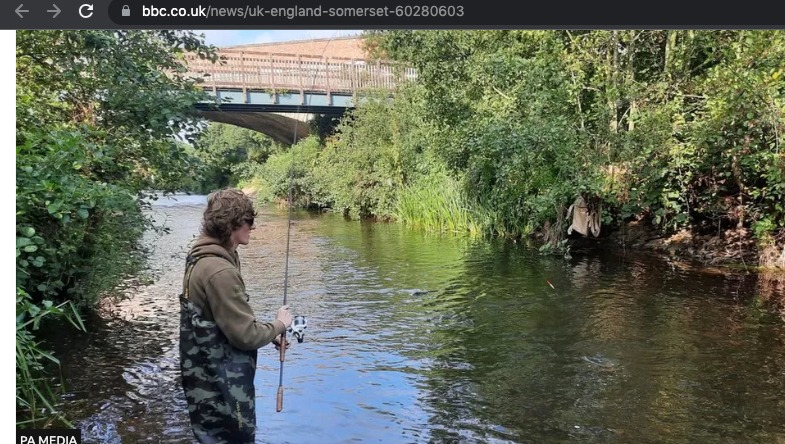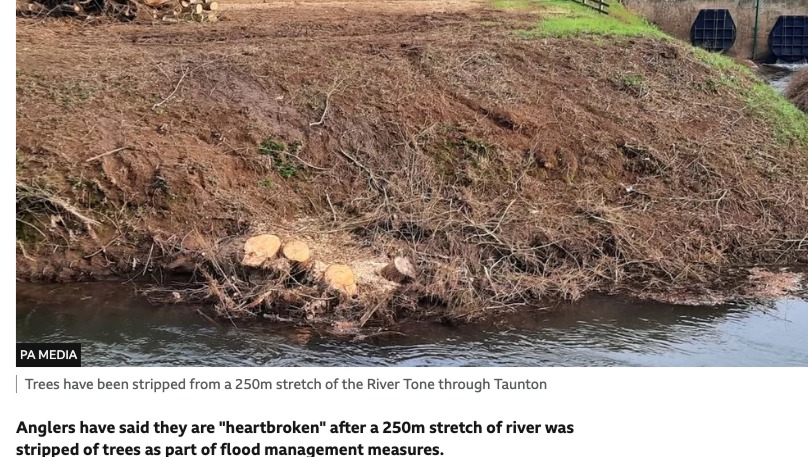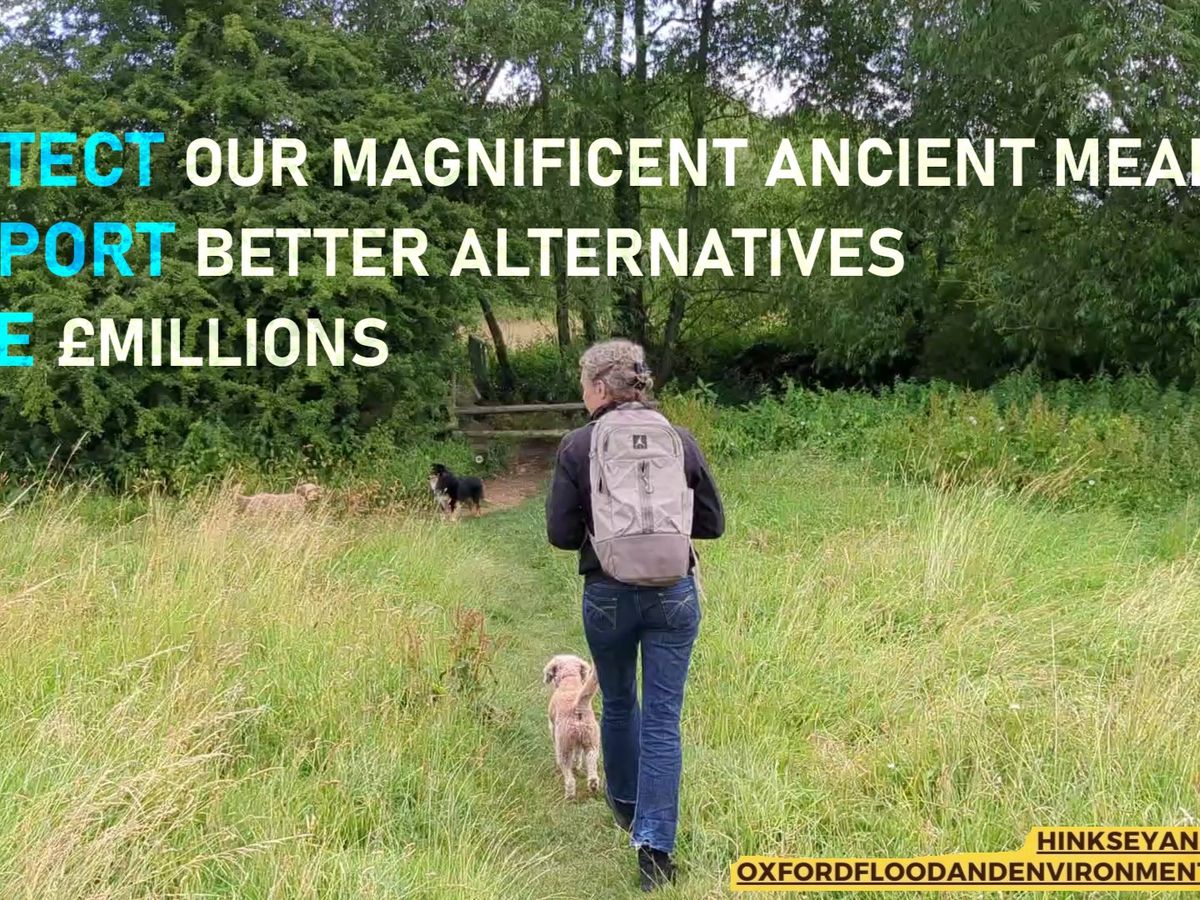OXFORDSHIRE residents affected by a controversial Oxford Flood Alleviation Scheme have submitted alternative proposals to a Government Public Inquiry which, they say, will reduce costs by £70 million, save historic natural environment, reduce the three-to-four-year scheme time frame, and help prevent business closures caused by the lack of vehicle access during construction.
The Public Inquiry, starting on November 14th at the King’s Centre, Osney Mead, and running until December 18, will focus on whether around 1,000 Compulsory Purchase Orders (CPO) served on landowners to facilitate the proposed scheme are lawful. Campaigners say they are not, given that there are viable alternatives which do not desecrate the local environment and are equally efficient. The inquiry Inspector is expected to report to the Environment Secretary around March 2024.
The current proposed scheme, led by the Environment Agency (EA) and already approved by Oxford City Councillors, has seen projected costs soar to £170 million. Controversially, the plan - one of the biggest flood alleviation schemes in the UK - includes creating a 5km long ‘channel’ which would run from just north of Botley Road, to south of the A423 southern bypass near Kennington, where it would re-join the River Thames. Leading independent ecologists say the dug channel would destroy 13 acres of the rich, rare species of the irreplaceable plant community of Hinksey meadow. The one -thousand-year-old meadow has been owned and managed by the Oxford Preservation Trust since 2003 who are also objecting. An estimated 4,000 mature trees and miles of hedgerows would also be lost in the West Oxford wildlife corridor and green belt.
We fully accept that a flood prevention scheme is needed, and we support 90% of what is proposed. However, the State cannot compulsorily take over land for a project if viable alternatives exist which produce the same result. We’ve put forward alternatives, supported by qualified, professional evidence. The EA scheme costs £170 million. Our alternatives cost less than £100-million, can be done much quicker and with much fewer CPOs.
The current EA proposals would cause irreparable damage to the local area, including congestion on Botley Road and on the A34, with 100,000 vehicle movements expected over a three-year period. What is proposed will also devastate trade for Oxford’s hotels, restaurants and shops that depend on bus and other vehicular access. The EA scheme puts many local businesses at risk of closure, especially given our fragile economy post-Covid, and prolong the almost unbearable transport problems caused by current infrastructure projects.
The voluntary groups (hinkseyandosney and oxfordfloodandenvironmentgroup) have been steadily developing two alternatives to the destructive EA scheme.
Our plan saves 13 acres of rare grassland, around 4000 trees and prevents the drying up of other streams. It also prevents the loss of local amenities, including the closure of public footpaths through to Oxford City Centre - which contribute substantially to the mental health of Oxford residents, and at a time when Oxford Council is seeking to make the city centre ‘car free’ to improve the environment.
The objectors propose that ‘no channel’ alternatives can work just as well without the environmental damage. One proposal is to remove the channel altogether. Another is to run a pair of parallel two-metre underground pipes, from a pumping station on land north of Seacourt Park and Ride, under Botley Road, and then along the Hinksey Plain to the Old Abingdon Road. Campaigners say one of the advantages of that scheme is that buried pipes would leave the landscape “more or less unchanged from its original state”.
The pumping scheme has been devised by an exploration geophysicist who is an expert in marine engineering projects, and a local architect who has design expertise for a wide variety of major complex projects over a broad spectrum of sectors, which included work on designing the Aircraft Control Tower at Heathrow Airport. The parallel pipe system is designed to control flood flow from a minimum of near zero, but with a rapid system response. Crucially, pumping can begin at the very early stages of a flood, thereby reducing peak water levels relative to the proposed Oxford Flood Alleviation Scheme. The underground pipeline would also alleviate the controversial impact on Hinksey and Osney Meadows, their extensive wildlife, as well as public facilities.
Below is a Google Earth Fly-through showing the path of the scheme. It starts North of the Botley Road, next to the Seacourt park and ride, and travels south along the flood plain towards Kennington via North Hinksey and South Hinksey.
We know we have very strong evidence to prove that a non-destructive approach will provide equal or better performance than the proposed plan and for less cost. The massive broadening of the stream (which the Environment Agency calls the second stage channel) is the most costly, least effective and most environmentally destructive part of the flood scheme.
Each Alternative aims to protect agricultural and amenity lifestyles and ecology, while bringing a similar or higher level of protection to Oxford and its neighbouring communities in Vale of White Horse.
We need to raise over £70,000 to get legal representation to fight this scheme in court: to date, our campaign has succeeded in securing a public inquiry relating to the Compulsory Purchase Orders on parts of the meadows. We need to be represented by good lawyers.
OUR OBJECTIONS TO THE EXCAVATION
Ecological damage
3780 mature trees will be removed prior to the excavation. However, tree planting cannot be included around the new channel. Rare flood meadows, natural watercourses and hedgerows will be destroyed. This biodiverse and beautiful area, home to so many plants, insects, birds and animals will become unrecognisable. Retaining as much of the natural environment as possible will be our strongest weapon against the ravages of climate change, whether it be floods or droughts or wildfires.
A flood prevention scheme on the River Tone in Taunton carried out in 2022 by the Environment Agency resulted in a huge 250m area stripped of trees. Here is what the area looked like before the Environment Agency's flood prevention scheme:

and after:

The scheme planned for Oxford's greenbelt will involve removing 14 times this area of trees. It will take between 40-80 years for the wildlife to recover. Recent research shows that vast stores of carbon are released when ancient flood meadow is excavated, and that fish don't thrive without shade and mature root systems.
Social Impact
The loss of green space, amenity and welfare will be significant. Access to the meadows will be severely limited for the next five years.
There will be 30,000 heavy vehicle movements each with large carbon footprints.
Poor Value for Money
Cheaper more ecological alternatives to the channel have been proposed to Oxford City Council and the Environment Agency by Oxford engineers.
- The EA have spent tens of thousands of pounds on PR to persuade Oxford residents that they are building a “nature reserve”.
DONATE NOW
Or.... spread the word! This is equally valuable!
So if you can't donate, please share this fundraiser and the links below with your contacts via email, Facebook, WhatsApp, Instagram etc:
THANK YOU FOR YOUR SUPPORT

